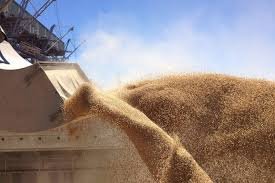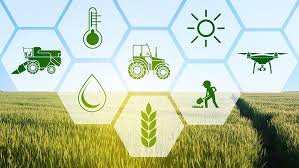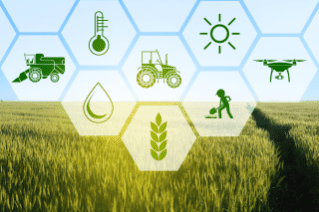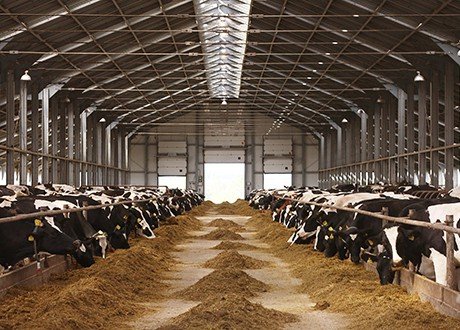Karnataka Govt to make QR code-based card mandatory for fishermen
Cards will be available to the farmers through the fisheries department
The Karnataka Government has announced that QR Code based biometric cards are now mandatory for the fishermen in the state. The information was given by Minister for ports and Karnataka, Kota Srinivas Poojary. He was speaking at a meeting on coastal fisheries in Mangaluru. He also said that the cards made available to the farmers through the fisheries department or the Seva Sindhu portal of the Karnataka government.
Several stakeholders attending the meeting also pointed out that QR based cards were insufficient until they provided several facilities as the Kisan Credit Card does for the farmers. “Fishermen are not getting as much facilities as that of farmers. Kisan credit cards should be issued to even the fishermen,” they said.
The ministers said that it was a legitimate concern and assured them that he would take up the matter with the Chief Minister, director of the fisheries department, and senior officials from banks to get a solution to it.
The minister also said that a proposal was under consideration in which 20% of jobs in the coastal security forces would be reserved for skilled fishermen.
The Member of Parliament from the Dakshina Kannada constituency Nalin Kumar Kateel also was present at the occasion talked about that the fisheries sector would benefit if there was coordination between the farmers and the experts so that any innovation could be adopted in an efficient way to improve the sector.
Cards will be available to the farmers














